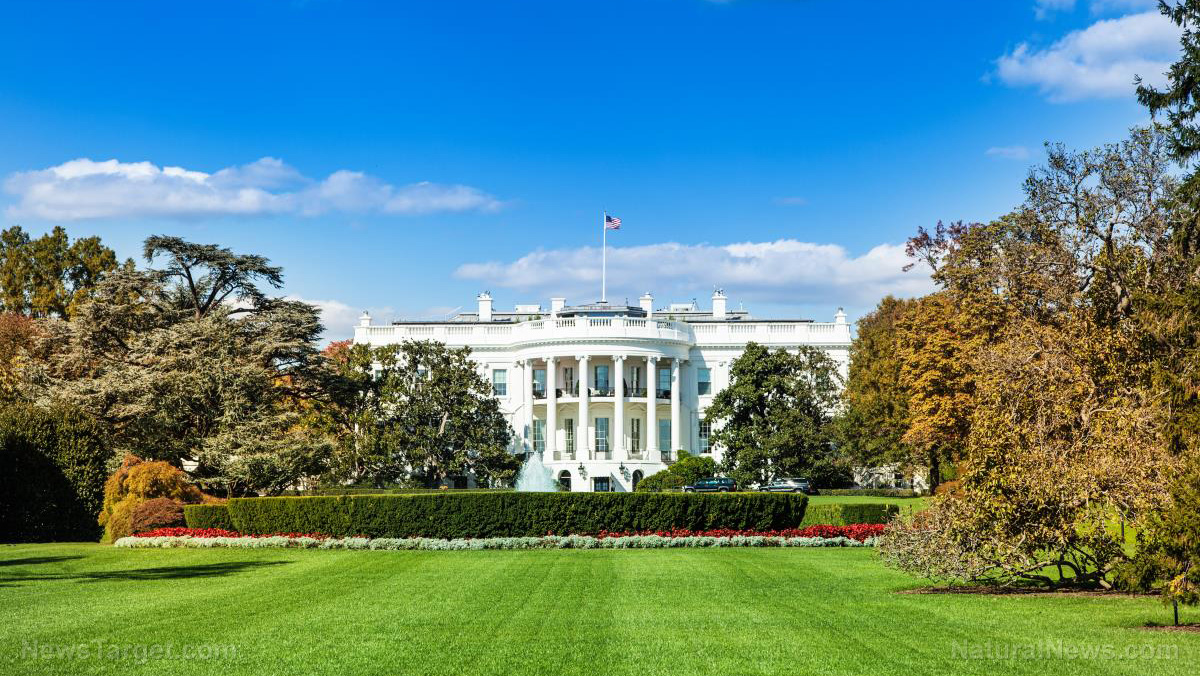
The researchers said that if Gales Creek were to rupture today, it could cause powerful shaking and widespread damage in the Portland metropolitan area. They detailed their findings in the journal Bulletin of the Seismological Society of America.
Gales Creek fault's earthquake history
Portland sits on the seismically active Cascadia subduction zone, the region of the Pacific Northwest where the Juan de Fuca plate bends and slides beneath the North American plate. Gales Creek lies within the Cascadia forearc, the land wedged between where the Juan de Fuca plate begins to bend and the line of Cascadia volcanoes in Washington and Oregon.
Gales Creek runs 45 miles in a northwesterly direction in a forested area of the Coast Range mountains. Mapping and analyzing the fault is difficult as the lush vegetation buries evidence of past earthquakes, such as the cliff-like scarps that form when Earth's crust breaks.
They found that Gales Creek potentially unleashed a major earthquake 8,800 years ago, 4,200 years ago and 1,000 years ago. The fault may also have had ruptured before the first of those earthquakes and after the last one, but evidence for these events was weak.
All told, the researchers estimated that a major earthquake in Gales Creek happens every 4,000 years. If the entire fault were to slip today, they calculated that it could unleash an earthquake of between magnitude 7.1 and magnitude 7.4, depending on the depth of the earthquake's origin.
Nearby faults confound chances of major earthquake
While the next major earthquake isn't likely to happen soon, the researchers noted that the actual risk of the entire fault rupturing is still subject to other factors, such as rupturing nearby faults.
"The linkage between rupture on the Gales Creek fault and neighboring faults is still unknown," said lead author Alison Horst, who's now with the Division of Geology and Earth Resources at the Washington State Department of Natural Resources (WADNR).
The most recent earthquake along a similar fault was a magnitude 5.7 quake that hit March 1993 in Scott Mills, Oregon. It caused damages totaling $30 million and was considered one of the largest recorded earthquakes in the region.
The researchers said that other faults within the Oregon portion of the Cascadia forearc should be studied to assess past earthquakes. These faults, added Horst, are good areas of study because they're near population centers. (Related: Catastrophic earthquake overdue for California, geologists warn: Are you prepared yet?.)
Earlier this year, earthquake simulations from the WADNR showed that when a magnitude 9.0 earthquake strikes along Cascadia, it will generate tsunami waves 10 feet or higher and flood the Washington coast. The initial wave will arrive in the coastal areas 10 to 15 minutes after the ground starts shaking, leaving little time for residents to seek high ground.
Cascadia produces a major earthquake every 300 to 600 years. The last time a magnitude 9.0 earthquake struck along the fault was back in 1700.
Learn more about potential earthquakes along Cascadia at Disaster.news.
Sources include:
Please contact us for more information.























